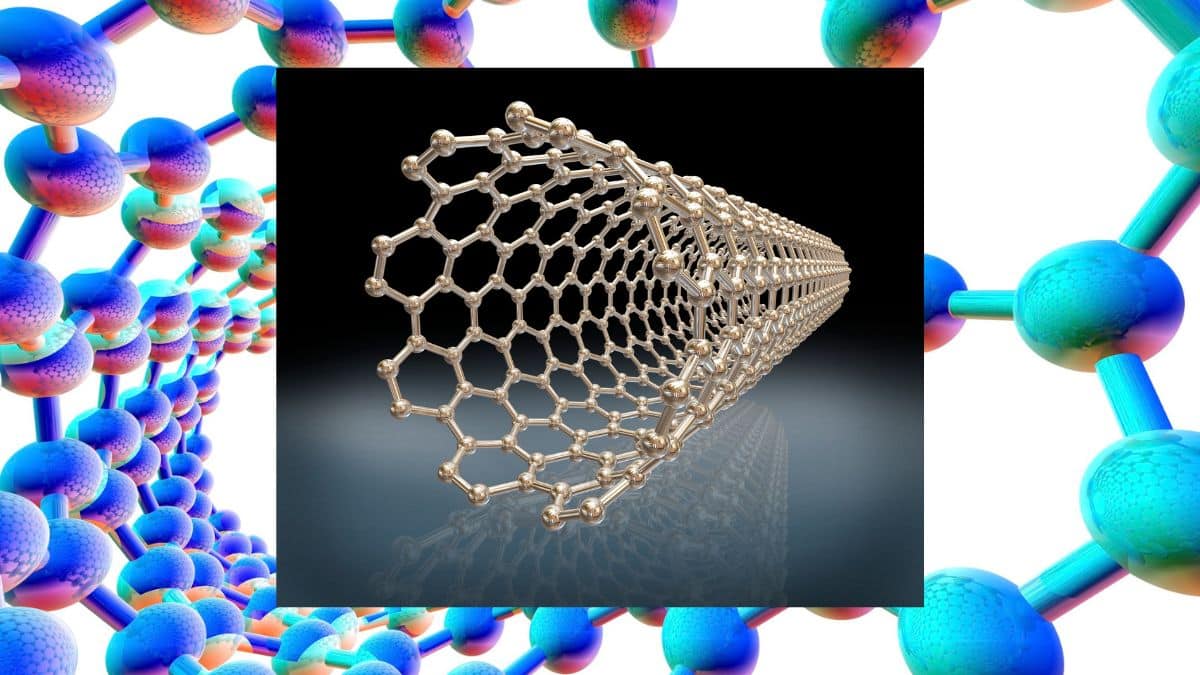Carbon Nanotubes Properties: Explore the remarkable properties and boundless potential of carbon nanotubes, from unparalleled conductivity to revolutionary applications in electronics, materials science, environmental remediation, and biomedical fields.
Table of Contents
Introduction: Carbon Nanotubes Properties
In the ever-evolving landscape of nanotechnology, few materials stand as tall, or rather, as slender, as carbon nanotubes (CNTs). These cylindrical nanostructures, with diameters on the order of nanometers and lengths measured in micrometers, possess an array of extraordinary properties that have captivated scientists, engineers, and enthusiasts alike. Let’s embark on a journey into the realm of carbon nanotubes, exploring their fascinating properties and the boundless potential they hold.
also read: Negotiation Skills In Resume: The Art of Showcasing Negotiation Skills
Carbon Nanotubes Properties: Structure and Formation
Carbon nanotubes are essentially sheets of graphene rolled into seamless cylinders. This unique arrangement results in two primary types of CNTs: single-walled carbon nanotubes (SWCNTs) and multi-walled carbon nanotubes (MWCNTs). SWCNTs consist of a single layer of graphene, while MWCNTs comprise multiple concentric layers.
The structure of carbon nanotubes plays a pivotal role in determining their properties. SWCNTs, for instance, exhibit extraordinary electrical conductivity, thermal conductivity, and mechanical strength due to their one-dimensional nature and near-perfect crystalline structure.
Electrical and Thermal Conductivity
One of the most remarkable features of carbon nanotubes is their exceptional electrical conductivity. SWCNTs, in particular, can conduct electricity as efficiently as copper while being significantly lighter. This property has spurred interest in incorporating CNTs into various electronic devices, such as transistors, sensors, and interconnects, to enhance performance and efficiency.
Similarly, carbon nanotubes demonstrate outstanding thermal conductivity, surpassing that of most conventional materials by orders of magnitude. This attribute makes them promising candidates for thermal management applications, including heat sinks, thermal interface materials, and even as components in advanced nanoscale refrigeration systems.
Mechanical Strength and Flexibility
Despite their minuscule dimensions, carbon nanotubes possess unparalleled mechanical strength, surpassing that of steel on a weight-to-weight basis. This exceptional strength arises from the robust sp² carbon-carbon bonds within their structure, coupled with their inherent flexibility. CNTs can undergo significant deformation without fracturing, making them ideal candidates for reinforcing composite materials and fabricating ultra-strong fibers.
Optical and Chemical Properties
Carbon nanotubes exhibit intriguing optical properties, ranging from near-infrared to ultraviolet wavelengths, depending on their structure and diameter. SWCNTs, in particular, demonstrate unique optical behaviors, including strong light absorption and photoluminescence, making them valuable components in optoelectronic devices, such as photodetectors, light-emitting diodes (LEDs), and solar cells.
Moreover, CNTs possess remarkable chemical stability, resisting degradation in harsh environments and exhibiting high resistance to corrosion and oxidation. This property extends their potential applications to areas such as catalysis, gas storage, and chemical sensing.
Environmental and Biomedical Applications
Beyond their remarkable physical properties, carbon nanotubes hold significant promise for environmental remediation and biomedical applications. Functionalized CNTs can be tailored to selectively adsorb pollutants from air and water, offering a sustainable solution for environmental cleanup.
In the biomedical field, carbon nanotubes show potential for drug delivery, tissue engineering, and diagnostic imaging. Their high surface area, tunable surface chemistry, and biocompatibility make them ideal candidates for targeted drug delivery systems and biosensors, paving the way for personalized medicine and advanced therapies.
Conclusion: Carbon Nanotubes Properties
Carbon nanotubes represent a pinnacle of nanoscale engineering, combining extraordinary properties with vast potential across a myriad of fields. From revolutionizing electronics and materials science to addressing environmental challenges and advancing healthcare, CNTs continue to inspire innovation and exploration.
also read: Applications of Carbon Nanotubes










